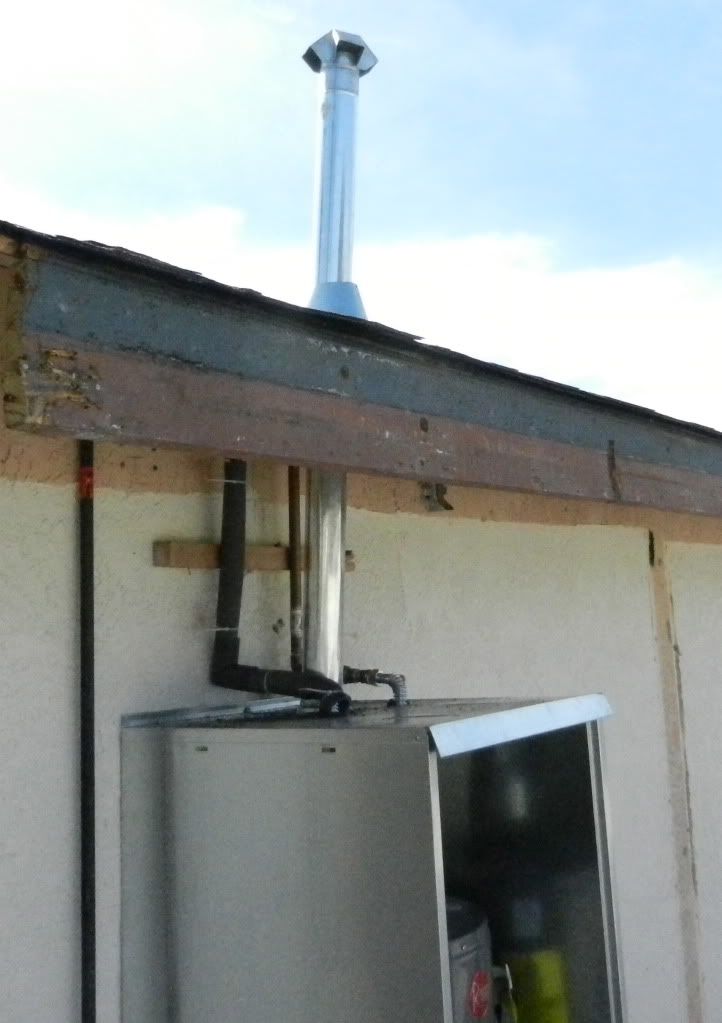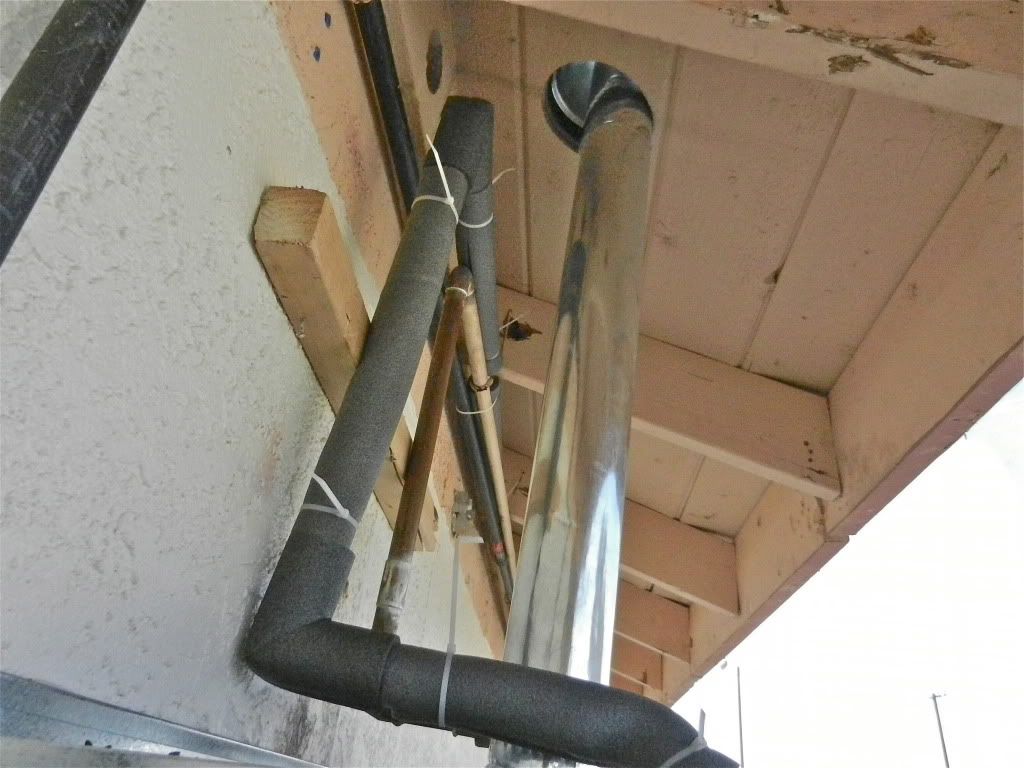Alias
REGISTERED
Permits required for HVAC and water heaters here. Half of the local plumbers (the ones who have been here forever) get permits, other half is hit and miss.
Add direct vent heaters to my list. Ever since they hired the latest installer for the local company, I haven't seen him or had him get permits on his own in the past year or so.
Add direct vent heaters to my list. Ever since they hired the latest installer for the local company, I haven't seen him or had him get permits on his own in the past year or so.



